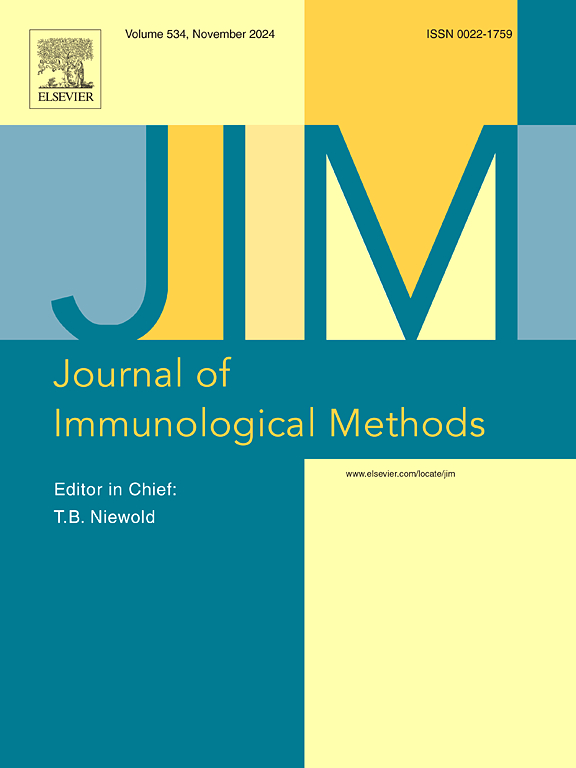Application of enzyme-linked immunosorbent assay to detect antimicrobial peptides in human intestinal lumen
Abstract
Intestinal transplantation is the definitive treatment for intestinal failure. However, tissue rejection and graft-versus-host disease are relatively common complications, necessitating aggressive immunosuppression that can itself pose further complications. Tracking intraluminal markers in ileal effluent from standard ileostomies may present a noninvasive and sensitive way to detect developing pathology within the intestinal graft. This would be an improvement compared to current assessments, which are limited by poor sensitivity and specificity, contributing to under or over-immunosuppression, respectively, and by the need for invasive biopsies. Herein, we report an approach to reproducibly analyze ileal fluid obtained through stoma sampling for antimicrobial peptide/protein concentrations, reasoning that these molecules may provide an assessment of intestinal homeostasis and levels of intestinal inflammation over time. Concentrations of lysozyme (LYZ), myeloperoxidase (MPO), calprotectin (S100A8/A9) and β-defensin 2 (DEFB2) were assessed using adaptations of commercially available enzyme-linked immunosorbent assays (ELISAs). The concentration of α-defensin 5 (DEFA5) was assessed using a newly developed sandwich ELISA. Our data support that with proper preparation of ileal effluent specimens, precise and replicable determination of antimicrobial peptide/protein concentrations can be achieved for each of these target molecules via ELISA. This approach may prove to be reliable as a clinically useful assessment of intestinal homeostasis over time for patients with ileostomies.

 求助内容:
求助内容: 应助结果提醒方式:
应助结果提醒方式:


